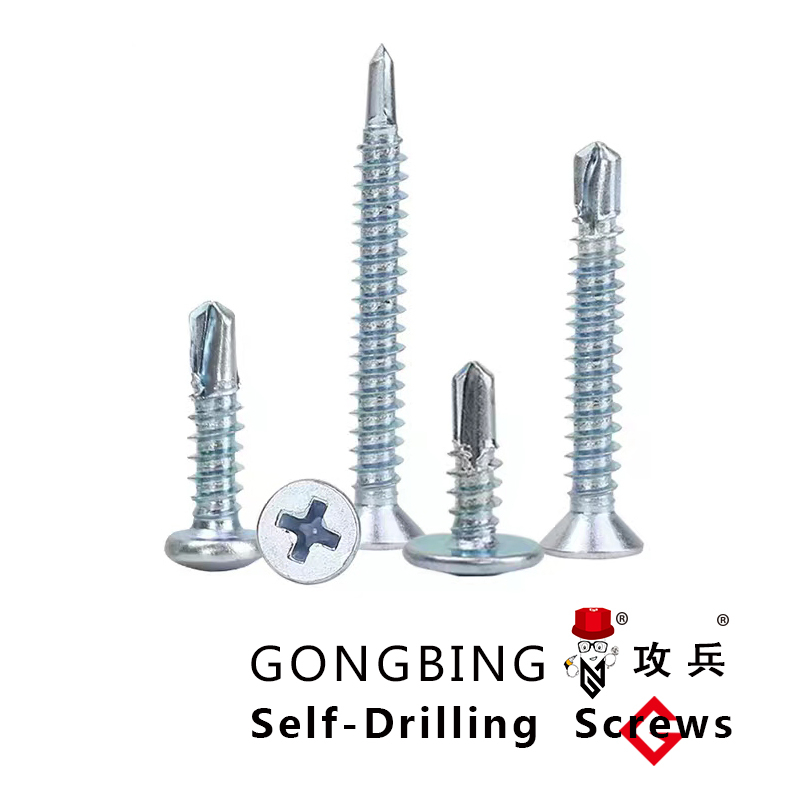Choosing the Right Expansion Anchors for Concrete Applications
Understanding Concrete Expansion Anchors Types, Applications, and Best Practices
Concrete expansion anchors serve as critical fasteners that provide stability and support in a variety of construction applications. They are widely used in both residential and commercial settings due to their ability to securely attach objects to concrete surfaces. This article delves into the types, applications, installation methods, and best practices associated with concrete expansion anchors.
Types of Concrete Expansion Anchors
Concrete expansion anchors primarily come in several types, each designed for specific applications. The most common types include
1. Wedge Anchors These are one of the most popular types of concrete expansion anchors. They consist of a threaded bolt and a conical expansion piece. When the bolt is tightened, the cone expands against the sides of the hole, creating a secure grip. Wedge anchors are ideal for heavy loads and play a significant role in securing machinery, structural frames, and railings.
2. Sleeve Anchors Sleeve anchors utilize a cylindrical sleeve that expands when the bolt is tightened. They work well in a range of applications, including attaching fixtures, brackets, and other objects to concrete walls. Sleeve anchors can be used in both cracked and uncracked concrete, offering versatility for various projects.
3. Drop-In Anchors These anchors are inserted into a pre-drilled hole and expand when a setting tool is used. Drop-in anchors are often used where a flush finish is required, such as in ceilings or fixtures. They can support moderate to heavy loads depending on the concrete's strength.
4. Lag Shields Lag shield anchors accommodate lag screws within a sleeve that expands upon installation. They are commonly used for lighter applications, like attaching wood to concrete or securing brackets.
Applications of Concrete Expansion Anchors
The applications of concrete expansion anchors are extensive
- Structural Support They are widely used in construction for securing beams, columns, and other structural elements. This ensures that buildings or structures can withstand various loads and forces they may encounter.
- Signage and Fixtures Businesses often utilize these anchors to affix signage, lighting fixtures, and shelves to concrete walls. The strength and durability of anchors make them perfect for these applications.
- Safety and Security Expansion anchors play a role in securing safety barriers, guardrails, and fencing in places like parking lots and construction sites, enhancing both safety and security.
- Mechanical and Electrical Installations In mechanical and electrical applications, these anchors provide a reliable means of securing conduits, HVAC equipment, and other essential components to the structure.
concrete expansion anchor

Installation Method
Installing concrete expansion anchors requires careful preparation and adherence to specific steps to ensure their effectiveness
1. Select the Right Anchor The choice of anchor depends on the load-bearing requirements, the type of concrete, and the specific application.
2. Drilling the Hole Use a hammer drill equipped with a masonry bit to create a hole of the appropriate diameter and depth based on the specifications of the wall anchors.
3. Clean the Hole Remove dust and debris from the hole using a vacuum or a brush. A clean hole allows for better expansion and grip of the anchor.
4. Insert the Anchor Place the anchor into the hole, making sure it sits flush with the surface.
5. Tightening Tighten the anchor by using the appropriate tool (universal wrench or socket wrench for wedge anchors). Ensure that it is secured firmly without over-tightening, which could damage the anchor or the concrete.
Best Practices
To maximize the effectiveness of concrete expansion anchors, consider the following best practices
- Follow Manufacturer's Instructions Each type of anchor comes with specific installation guidelines that should always be followed.
- Account for Concrete Quality Understand the compressive strength of your concrete to choose the right type of anchor. The quality of the concrete significantly impacts the anchor's performance.
- Avoid Edge Spacing Issues When installing anchors, ensure they are not too close to the edge of the concrete to prevent cracking.
- Regular Inspection Periodically check installed anchors to ensure they remain secure and free from corrosion or damage, especially in outdoor environments.
In conclusion, concrete expansion anchors are indispensable tools in construction and maintenance. Understanding their types, applications, and proper installation techniques empowers builders and DIY enthusiasts to ensure their projects are durable and structurally sound. Following best practices not only enhances the lifespan of the installation but also guarantees safety and stability in various environments.
-
Weatherproof Plastic Expansion Anchors for OutdoorАхборJun.06,2025
-
Sustainability in the Supply Chain: Eco-Friendly TEK Screws ProductionАхборJun.06,2025
-
Load-Bearing Capacity of External Insulation FixingsАхборJun.06,2025
-
Double Head Bolts: Enhancing Efficiency in Industrial MachineryАхборJun.06,2025
-
Corrosion Resistance in Chipboard Screws: Coatings for Wholesale DurabilityАхборJun.06,2025
-
Butterfly Toggle Bolts : Enhancing Structural ResilienceАхборJun.06,2025
